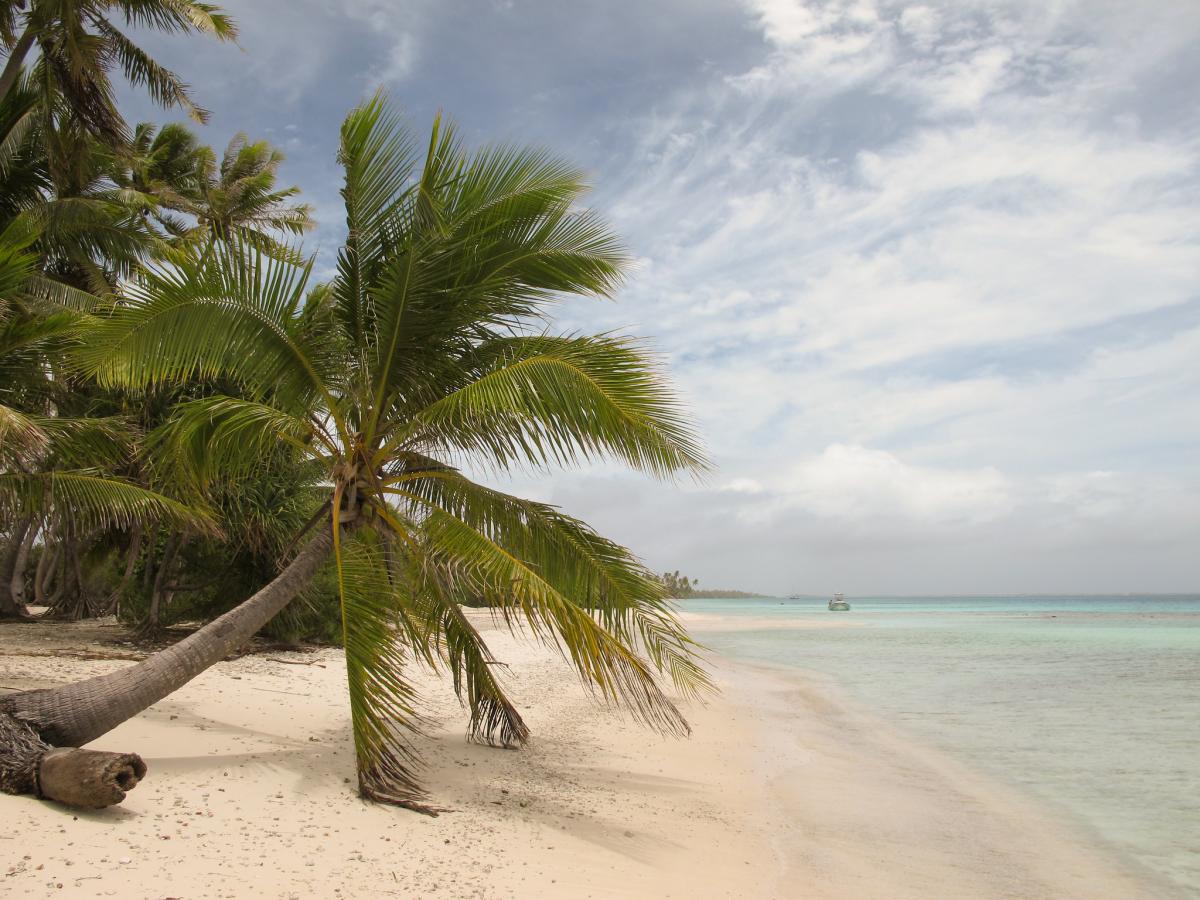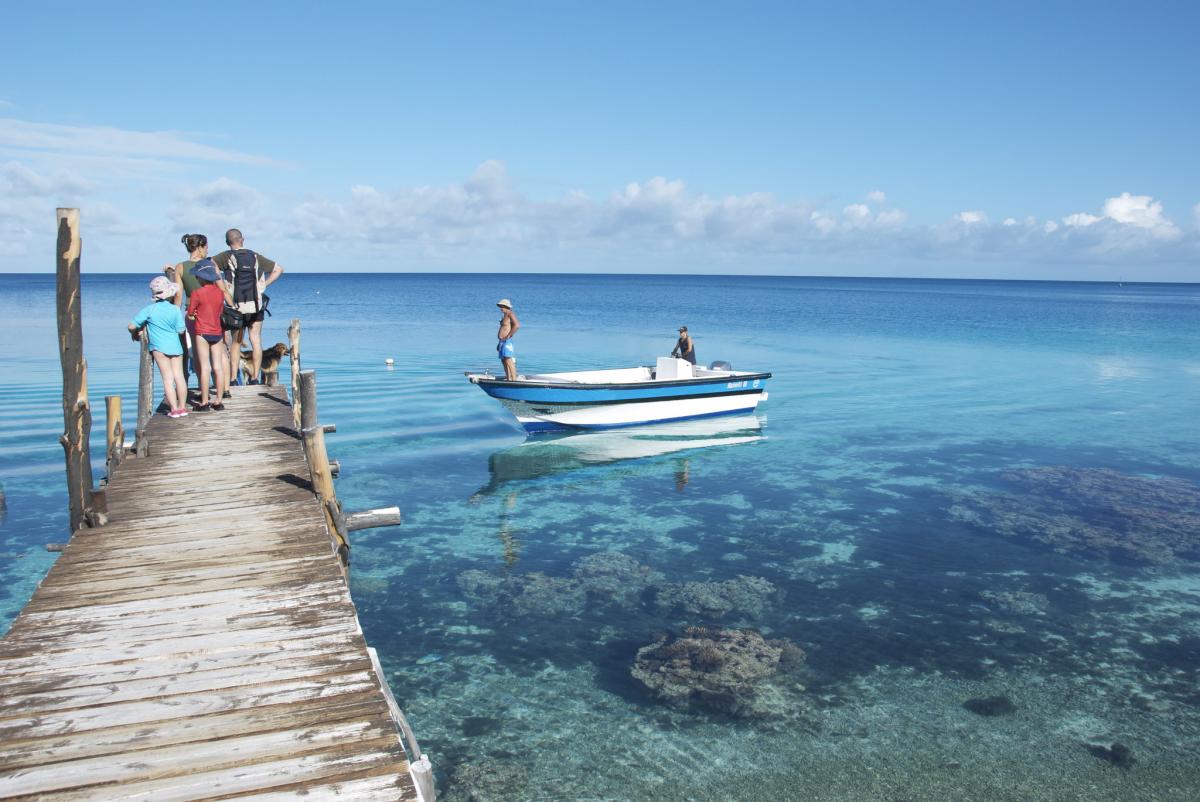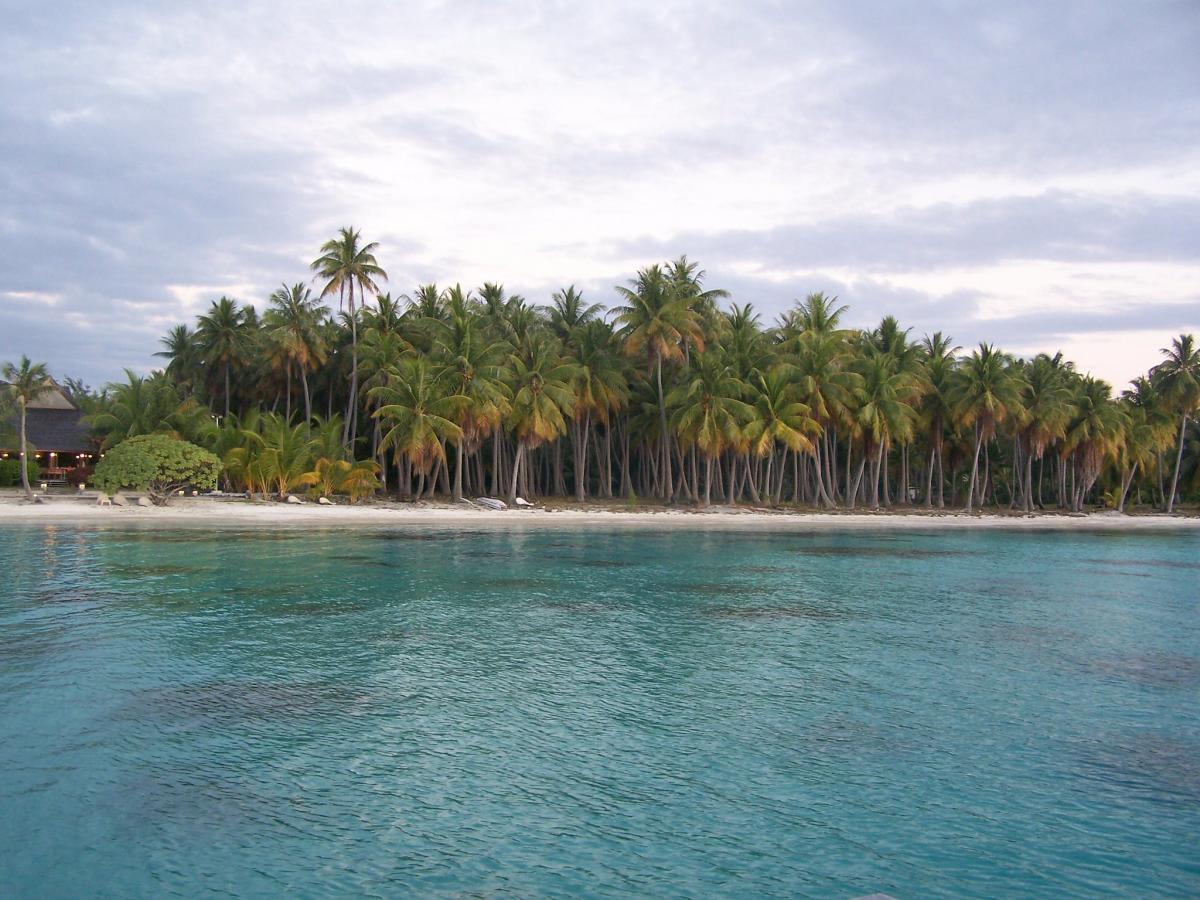Haru, JA1XGI will be active as TX7XG from Fakarava Atoll, IOTA OC - 066, French Polynesia, 9 - 16 April 2025.
He will operate on 40 - 6m Bands, CW, SSB, FT8.
Recent DX Spots TX7XG
TX7XG Log search QSL via home call.
Ads for direct QSL:
HARUHISA UCHIDA, 2-30-11 SHINTOMI, Kawagoe, 350-0043, Japan.
DXCC Country - French Polynesia/FO.
French Polynesia: France's colonial legacy in the Pacific Ocean
French Polynesia is a vast island group located in the South Pacific waters. It is an administrative unit of France and has the official status of an overseas community. French Polynesia's closest neighbours are the island nation of the Republic of Kiribati and the Cook Islands. ‘Polynesia’ from the Greek language translates as “many islands” - this simple but capacious name became official in the second half of the 19th century, when the islands came under the protectorate of France.
French Polynesia is one of those paradisiacal corners of our planet, where the atmosphere of happiness and peace reigns. Off the coast of the largest island, Tahiti, black pearls are mined, one of the rarest and most beautiful pearls in the world. The incredible landscapes of the islands are enchanted by a scattering of tropical flowers and palm trees, while endless beaches and majestic mountains contrast with the dazzling blue waters of the ocean. The pristine nature here is harmoniously complemented by an unusually developed infrastructure. A multitude of hotels and resorts are friendly to guests from all over the world, delighting them with first-class service and local flavour.
 Fakarava Atoll, French Polynesia. Author - Philippe Devos.
Fakarava Atoll, French Polynesia. Author - Philippe Devos.
Geographical features and climate of French Polynesia
The overseas community comprises 130 islands, varying in area, topography and population, forming five archipelagos. The total area of all islands is 4167 square kilometres. The islands are of coral and volcanic origin, while the second group is characterised by a pronounced mountainous terrain. The highest point is located on Tahiti - it is a former volcano, and now Mount Orochena, rising to 2241 metres above sea level.
Almost all islands have a tropical and trade wind climate, only the northern part, the Marquesas Archipelago, has a pronounced sub-equatorial climate. The hottest period on the islands is from November to May, when rainfall is highest in the year and temperatures rise to 32 degrees above zero. During the rainy season, the islands are often hit by powerful hurricanes and tropical cyclones.
The islands of French Polynesia are mostly covered with dense vegetation. Tropical forests are replaced by banana and coconut plantations, and evergreen trees neighbouring with grassy thickets.
The fauna of French Polynesia is modest and, due to its isolation from the rest of the world, is endemic. There are no mammals at all, and rare fauna is represented by only a few species.
 Fakarava Atoll, French Polynesia. Author - Stephen Garrett.
Fakarava Atoll, French Polynesia. Author - Stephen Garrett.
History of French Polynesia
It is not known when the islands of present-day French Polynesia were inhabited. There is only scattered evidence, according to which the first people appeared here between X and V centuries BC. The first were settled on the islands of the Marquesas archipelago, where the ancient Maoi civilisation originated.
Europeans appeared on the islands in 1521 - it was the expedition of the Portuguese navigator Fernan Magellan. During his circumnavigation of the globe, Magellan landed with his crew on the island of Puka Puka (modern name) and gave it the name San Pablo. Over the next hundred years, the Spanish and Portuguese discovered many other islands. The largest island in French Polynesia, Tahiti, was discovered by Pedro Fernandez in 1606, although the discovery is officially attributed to the British Semuel Wallace (in 1767). It is noteworthy that in different periods of time, Russian and French navigators made a significant contribution to the discovery of the islands. For this reason, the Tuamotu archipelago even received the unofficial name ‘Russian Islands’.
In 1788, the indigenous state of the Kingdom of Tahiti was founded and centred on the island of the same name. The kingdom was headed by a local paramount chief, Pomare I, who founded the Pomare dynasty. The Kingdom included the islands of Bora Bora, Samoa, Hawaii and Tonga, among others. The royal dynasty, consisting of four kings and one queen, was able to delay the colonisation of the islands for a while. It was not until 1842 that France was able to establish a protectorate over Tahiti, and in 1880 declared the island a colony. The colony also included the surrounding islands, and the new lands were given the common name of Settlements in Oceania, and a short time later, French Possessions in Oceania.
In 1946, the status of the islands was changed to an overseas territory called French Polynesia. In the same year all islanders officially received French citizenship. Nowadays Polynesia, in comparison with other overseas possessions of France, has partial independence. Thus, the local government has the right to independently conclude agreements with other states. Polynesia also has its own tax system and customs.
 Fakarava Atoll, French Polynesia. Author - Arnaud Chatel.
Fakarava Atoll, French Polynesia. Author - Arnaud Chatel.
Sights of French Polynesia
Tahiti Island
The main island of the Society Islands (one of the five archipelagos of French Polynesia) is certainly worthy of the primary attention of tourists. The island is not only the largest in area, but also the most densely populated: 70% of the total population of the overseas community lives here.
The island has a rich history, shrouded in legends and adventurous spirit. However, the local natural beauty of the island is even more impressive. Tahiti is of volcanic origin, which has given the island a distinctive and complex topography with many mountains, swift rivers and dense jungle. The coastal expanses are no less pleasing to the eye thanks to the coral reefs that form a quiet lagoon, separated from the open ocean.
Fans of historical monuments will love the residence of the Queen of Marau. Despite its high-profile status, the royal residence, built entirely of wood, is more than modest in appearance. Not far from the residence is the tomb of King Pomare the Fifth, who ruled just before the proclamation of the French protectorate. From the elevated position where the tomb is located, there is a spectacular view of the Pacific Ocean.
Picturesque parks
The Waipahi Water Gardens stretch along the southern shore of the island - the name of the park means ‘the sound of the waterfall’ in the local language. The eloquent name justifies itself, as a picturesque waterfall takes centre stage amidst a thicket of exotic flowers and lush tropical plants. Besides, according to legend, in the 60s of the last century this park was visited by George Harrison - one of the members of the legendary Beatles band.
While in Tahiti, be sure to visit the ancient botanical garden, which was officially opened in 1919. The founder of this amazing place was an outstanding American physicist, Professor Harrison Smith, whose love for tropical plants was boundless.
Mountains and volcanoes
Among the natural attractions of French Polynesia, Mount Orochena is one of the most important. The long-extinct volcano rises above all the islands and fascinates with its majestic view. The beauty of the mountain is emphasised by the lava tubes formed by the uneven cooling of lava flows during a volcanic eruption.
The Tohiwe volcano, the highest point on the island of Moorea (Society Islands), has an equally mesmerising effect on visitors. The 1207 metre high mountain is covered with jungle and numerous mountain streams. There are safe hiking trails leading to the very top. During such a walk you can admire rare tropical plants, and the culmination will be a stunning view of the entire island and the endless ocean.
By the way, Moorea Island is only 17 km away from Tahiti, so most tourists willingly include it in the programme of their trip to the islands of French Polynesia.
Bora Bora Island
Bora Bora Atoll, located 240 km from Tahiti, is considered one of the most elite holiday destinations in French Polynesia. Because of its beautiful nature and cosy atmosphere, Bora Bora is often called the pearl of the Pacific Ocean. World celebrities seeking seclusion away from the noisy world often holiday here. One of the main attractions on the island, in addition to beach holidays and swimming, is scuba diving. In the coastal waters you can admire the bizarre coral thickets, feed stingrays and sharks under the guidance of experienced guides.

